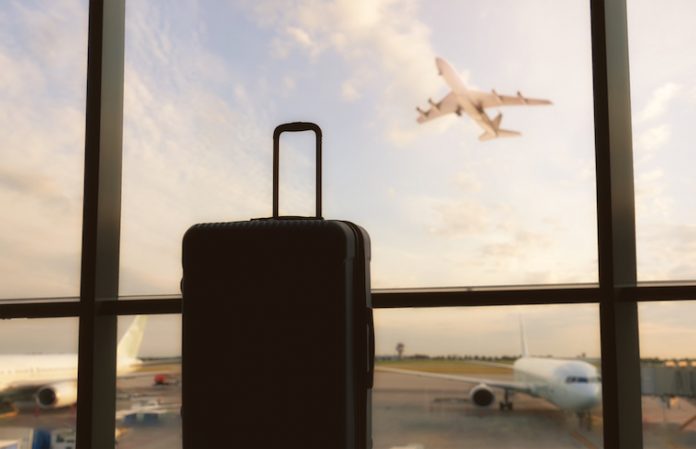DALLAS—CBRE is raising its forecast for hotel performance on the heels of industry gains in Q2 2022 and the expectation of slightly positive GDP growth in 2023.
CBRE has revised its forecast for the second half of 2022 to a gain in revenue per available room (RevPAR) of 14.7 percent year-over-year, up from the previous projection of 13.1 percent year-over-year. The revision is predicated on a 3.5 percentage point increase in expected average daily rate (ADR) growth compared to the previous forecast issued in May 2022, as well as a 2.2 percentage point reduction in CBRE’s demand forecast.
U.S. hotel industry performance was stronger than expected in Q2 despite a decline in GDP and the highest inflation in more than 40 years. Strength in the quarter was the result of continued improvements in group business, inbound international travel, and what may have been a peak in leisure travel this cycle.
Q2 RevPAR reached $98.84, up 38 percent year-over-year, and an all-time quarterly high at 106 percent of 2019’s level. RevPAR growth was driven mainly by ADR (up 25.5 percent), followed by occupancy (up 9.9 percent), demonstrating travelers’ limited price sensitivity in many peak demand markets.
CBRE’s baseline-scenario forecasts do not contemplate an international war, a pervasive recession, or a more acute COVID variant. CBRE also produces forecasts based on upside and downside scenarios.
“As we progress through the third quarter, it is worth noting that the brisk pace of demand recovery has begun to slow. We are seeing a pullback in ADRs in select record-setting markets,” said Rachael Rothman, CBRE’s head of hotel research and data analytics. “Despite the slowing pace of growth, we expect the continued recovery in travel demand to be driven by incremental group and inbound international travel, followed by a modest uptick in transient business.”
Inflation continues to bolster top-line growth, but it is also a headwind to margin expansion given rising wages, utilities, food and beverage costs, insurance, and capital expenditure (CapEx) increases. Historically, luxury hotels have had the greatest ability to increase room rates to offset inflation.
Longer term, muted supply growth will bolster top-line growth. High construction material prices—including lumber, steel, and labor—make the development of new projects too expensive in some cases. CBRE forecasts that hotel supply will increase at a 1.1 percent compound annual growth rate over the next five years, below the industry’s 1.8 percent long-term historical average.











